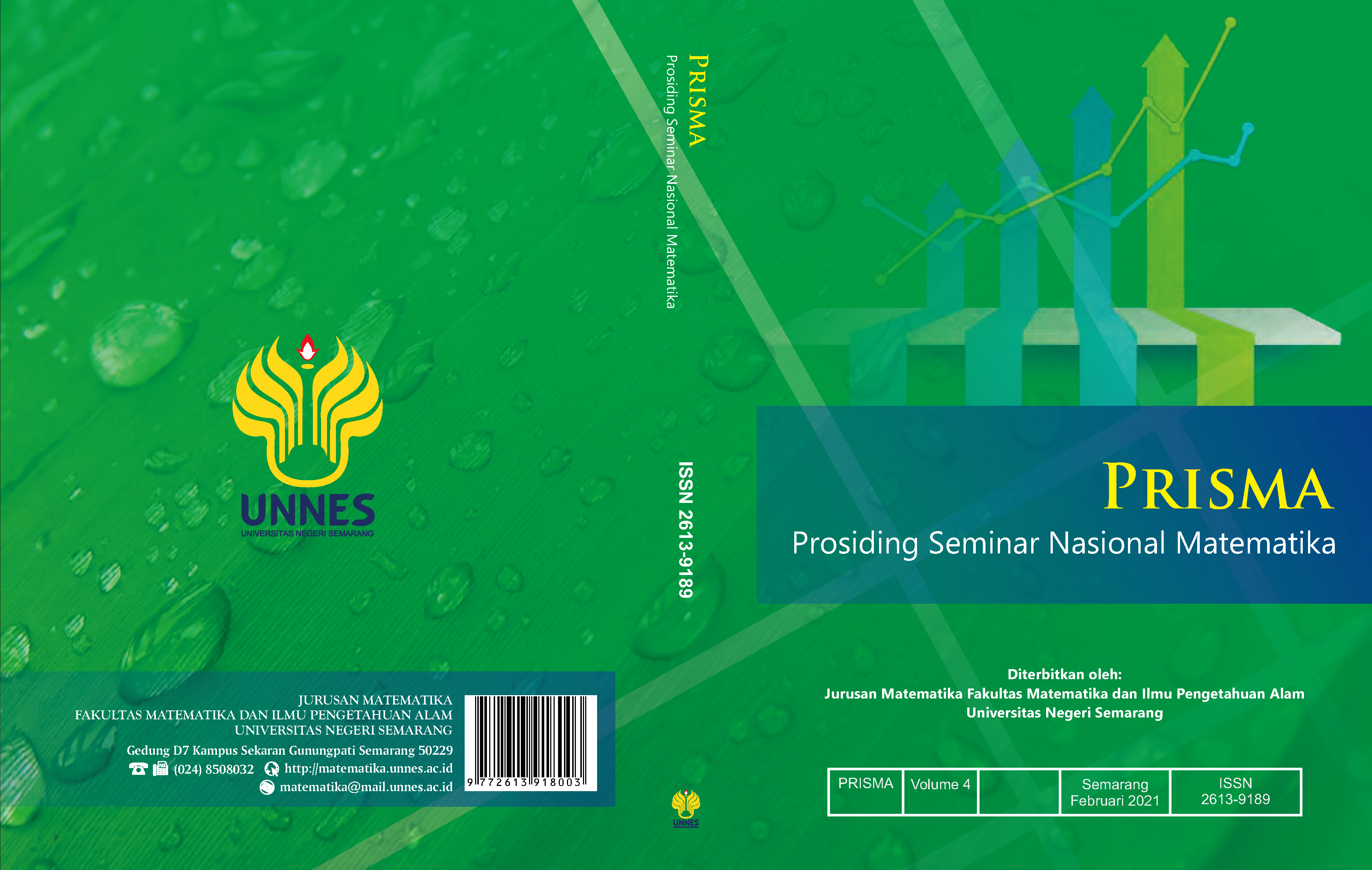Literasi Matematika Indonesia Perlu Bercermin Literasi Matematika Cina: Tinjauan Literatur
Main Article Content
Abstract
Penelitian ini berupaya untuk mengkaji rendahnya tingkat literasi matematika Indonesia dalam Program for International Student Assesment dari kurun waktu 2003 hingga 2018, Indonesia berada pada posisi sepuluh terbawah, berkebalikan dengan Cina tahun 2012 pertama keikutsertaan langsung menempati posisi pertama, berlanjut hingga 2018 tetap sebagai peringkat pertama. Metode penelitian, yaitu tinjauan literatur pendidikan karakter Cina sebagai dasar kesuksesan pendidikan. Hasil Program for International Student Assessment tahun 2018, literasi matematika Indonesia dengan skor 379, Cina dengan skor 591, dan rata-rata Organization for Economic Co-Operation and Development sebagai acuan dunia dengan skor 489, berarti kegagalan pencapaian 110 skor di bawah rata-rata dunia, dan berselisih 212 skor di bawah hasil Cina. Tujuan penelitian adalah bagaimana pendidikan Indonesia dapat meningkat signifikan? Dengan bercermin kesuksesan Cina dalam pendidikan tingkat dunia, sesama dengan Asia, penduduk besar, dan budaya yang setara.
Article Details
References
Bergin, D. A. (1999). Literacy instruction in multi-cultural settings. Austin, TX: Harcourt Brace College Publishers
David, H. L., & Capraro, R. M. (2001). Strategies for teaching in heterogeneous environments while building a classroom community. Education, 122(1), 80-86.
Peace, A. (1997). David Pepper 1996 Modern Environmentalism: An Introduction, viii, 376 pp., ï¬gures, tables, glossary. London and New York: Routledge. Reviewed by Adrian Peace. Journal of Political Ecology, 4(1), 52-55.
Duru-Bellat, M., & Suchaut, B. (2005). Organisation and context, efficiency and equity of educational systems: what PISA tells us. European Educational Research Journal, 4(3), 181-194.
Ennis, C. D., & McCauley, M.T. (2002). Creating urban classroom communities worthy of trust. Journal of Curriculum Studies, 34(2), 149-172.
Enyedy, N., & Goldberg, J. (2004). Inquiry in interaction: How local adaptations of curricula shape classroom communities. Journal of Research in Science Teaching, 41(9), 905-935.
Fan, L., Wong, N. Y., Cai, J., & Li, S. (Eds.). (2004). How Chinese learn mathematics: Perspectives from insiders. Singapore: World Scientific.
Ferrini-Mundy, J., Burrill, G., & Schmidt, W. H. (2007). Building teacher capacity for implementing curricular coherence: Mathematics teacher professional development tasks. Journal of Mathematics Teacher Education, 10(4), 311-324.
Hagenauer, G., Hascher, T., & Volet, S. E. (2015). Teacher emotions in the classroom: associations with students’ engagement, classroom discipline and the interpersonal teacher-student relationship. European journal of psychology of education, 30(4), 385-403.
Hansen, K. Y., & Strietholt, R. (2018). Does schooling actually perpetuate educational inequality in mathematics performance? A validity question on the measures of opportunity to learn in PISA. ZDM, 50(4), 643-658.
Luyten, H. (2017). “Predictive power of OTL measures in TIMSS and PISA†in Opportunity to Learn, Curriculum Alignment and Test Preparation, Ed. Scheerens J. (Berlin: Springer), 103–119
Ministry of Education of China. (2001). Mathematics Curriculum Standards for Full-time Compulsory Education.
Moher, D., Liberati, A., Tetzlaff, J., Altman, D. G., & Prisma Group. (2009). Preferred reporting items for systematic reviews and meta-analyses: the PRISMA statement. PLoS medicine, 6(7), e1000097.
OECD. (2006). Assessing scientific, reading and mathematical literacy: A framework for PISA .
OECD. (2019), PISA 2018 Results (Volume I): What Students Know and Can Do, PISA, OECD Publishing, Paris, https://doi.org/10.1787/5f07c754-en
OECD. (2016), PISA 2015 Results (Volume I): Excellence and Equity in Education, OECD Publishing, Paris, https://doi.org/10.1787/19963777
OECD. (2020), PISA 2018 Results (Volume .V). Effective Policies, Successful Schools. PISA, OECD Publishing, Paris.
Rinne, R. (2008). The growing supranational impacts of the OECD and the EU on national education policies and the case of Finland. Policy Futures in Education, 6(6), 665-680.
Tu, R., & Shen, W. (2010). Fundamental focuses of Chinese mathematics education: Characteristics of mathematics teaching in China. Journal of Mathematics Education, 3(2), 160-169.
Tan, C. (2017) Chinese responses to Shanghai’s performance in PISA. Comparative Education, 53.(2), 209–223.
Walshaw, M., & Anthony, G. (2008). Creating productive learning communities in mathematics classrooms: An international literature review. Pedagogies: An International Journal, 3, 133-149.
Watkins, D. A., & Biggs, J. B. (2001). The paradox of the Chinese learner and beyond. Hong Kong: Comparative Education Research Centre, University of Hong Kong.
